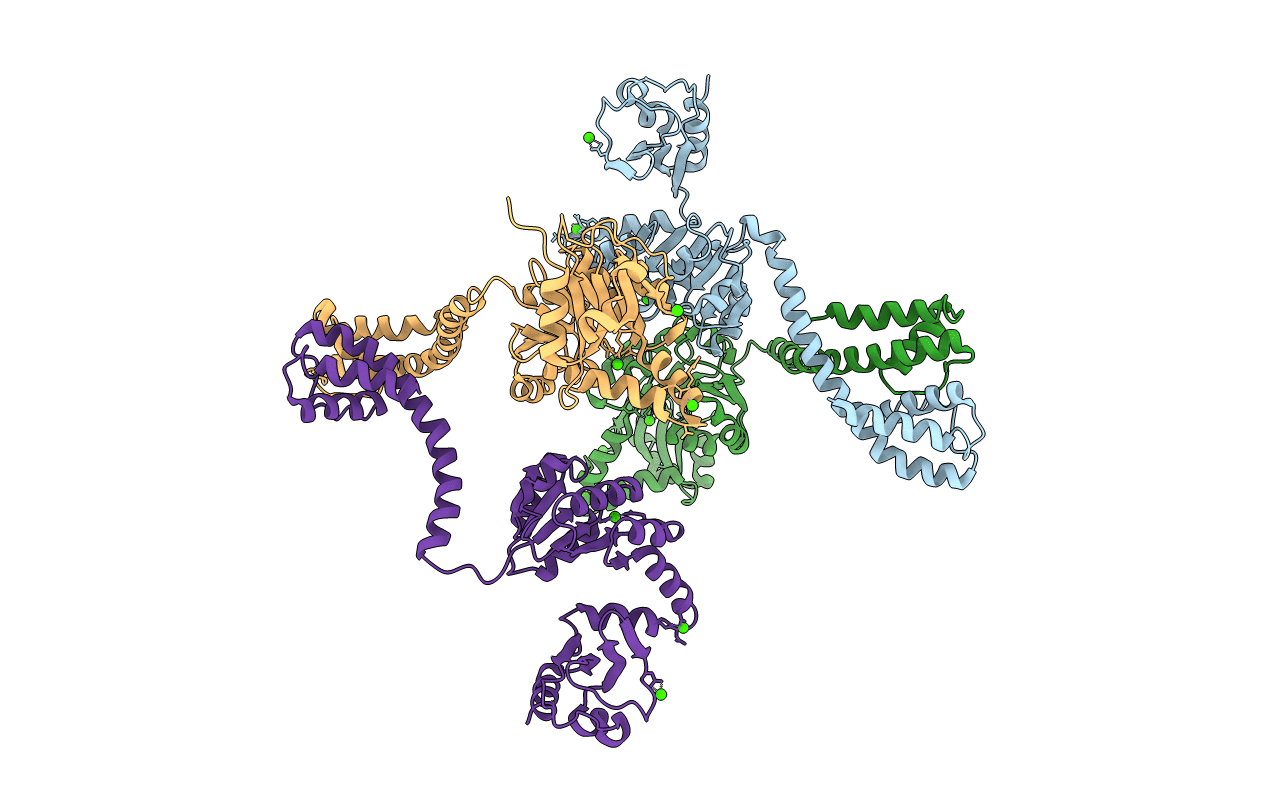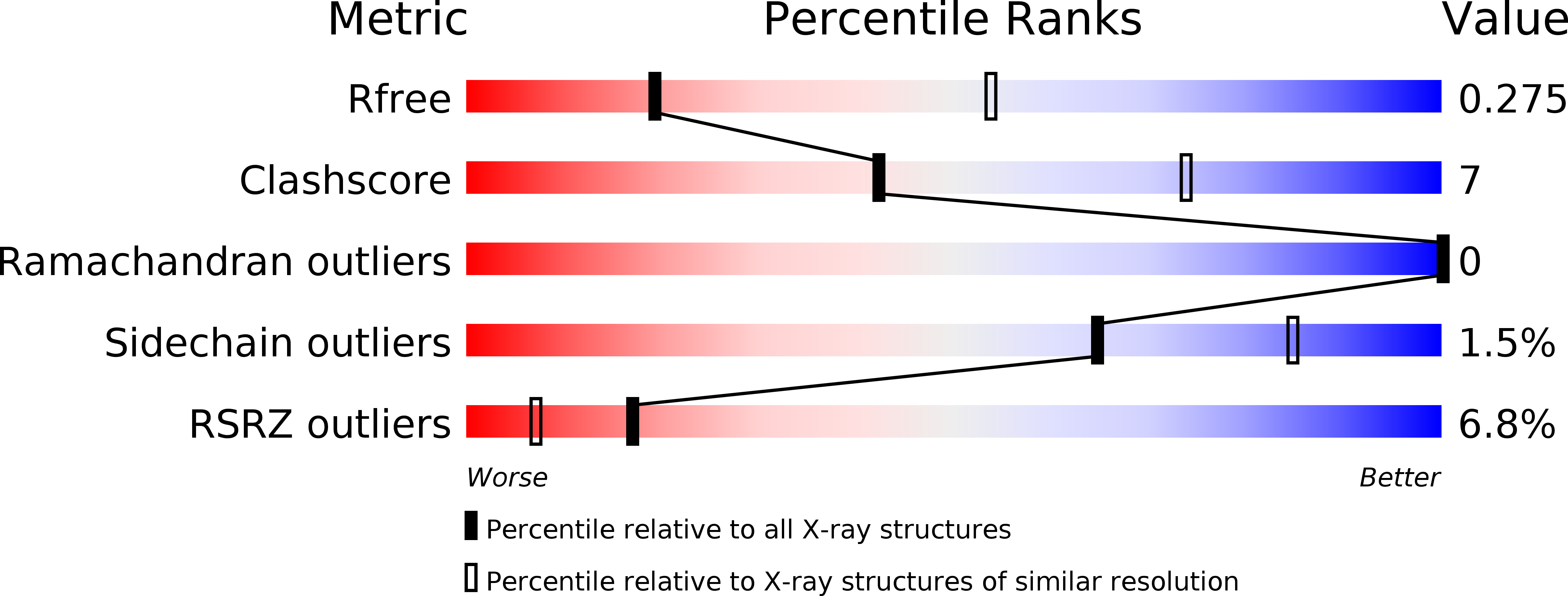
Deposition Date
2019-04-17
Release Date
2019-12-11
Last Version Date
2023-10-11
Entry Detail
Biological Source:
Source Organism:
Methanothermobacter thermautotrophicus (Taxon ID: 145262)
Host Organism:
Method Details:
Experimental Method:
Resolution:
3.11 Å
R-Value Free:
0.27
R-Value Work:
0.23
R-Value Observed:
0.23
Space Group:
P 61 2 2


